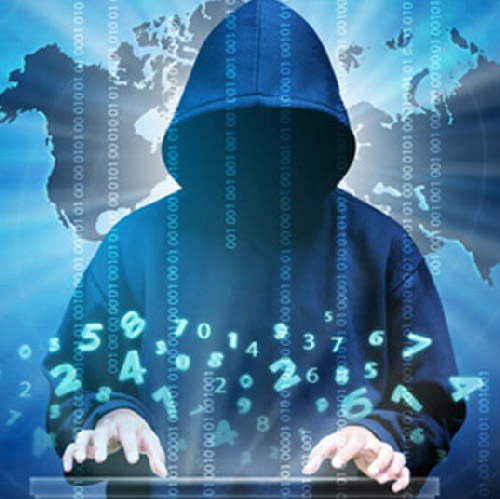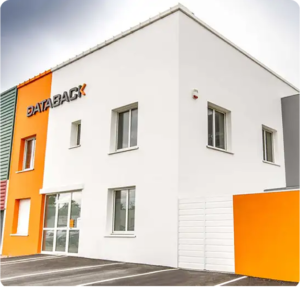Ransomware… The year begins as it ended.
The year 2016 was marked by an explosion in Ramsomware. Between January and September, the number of Ransomware attacks against businesses tripled.

Spread or Pay” ransomware
One of the latest trends is to force victims to spread ransomware if they can’t pay the ransom. Users now have a choice when it comes to recovering their data: infect other people or pay the ransom set by the hackers. This practice can be particularly lucrative if the user is forced, for example, to infect his entire company network…
2017, the year of hacked connected objects?
Connected objects and innovative technologies, accelerating the growth of cities and so-called intelligent buildings, introduce new vulnerabilities to this threat.
Cars, televisions, thermostats, IP cameras, routers and WiFi boxes will soon be connected.
By exploiting the default login credentials of these terminals and other well-known vulnerabilities, hackers are able to hijack these objects and take them hostage. This trend will increase in 2017 in proportion to the number of devices likely to be hacked.How to protect yourself from these attacks
A few precautions can help you avoid this type of situation:
- Enable automatic browser updates
- Enable automatic antivirus updates
- Filter your e-mails correctly
- Never open an attachment if you’re not sure of the sender.
- Regular offline backups
- Replace default login credentials and use strong passwords
What to do in the event of an attack?
In the event of infection, it is essential to have the right reflexes:
- Unplug all external media (hard disk, USB key, etc.)
- Immediately disconnect the workstation from any connection to the Internet and your network (including WiFi) to avoid any propagation.
- Don’t pay the ransom. There is no guarantee that you will be given the decryption key.
DATABACK has experience of numerous cases of Ransomware.
In the event of infection, please contact our laboratory on 02 51 31 11 65. In some cases, we are able to recover data. An analysis of the encrypted files will enable our technicians to inform you of the feasibility of recovery.









